Preview |
PDF (Original Article)
- Requires a PDF viewer such as GSview, Xpdf or Adobe Acrobat Reader
5MB |
|
Other (Supporting Information)
6MB |
| Item Type: | Article |
|---|---|
| Title: | Rapid estimation of 2D relative B(1)(+)-maps from localizers in the human heart at 7T using deep learning |
| Creators Name: | Krueger, F., Aigner, C.S., Hammernik, K., Dietrich, S., Lutz, M., Schulz-Menger, J., Schaeffter, T. and Schmitter, S. |
| Abstract: | PURPOSE: Subject-tailored parallel transmission pulses for ultra-high fields body applications are typically calculated based on subject-specific B(1)(+)-maps of all transmit channels, which require lengthy adjustment times. This study investigates the feasibility of using deep learning to estimate complex, channel-wise, relative 2D B(1)(+)-maps from a single gradient echo localizer to overcome long calibration times. METHODS: 126 channel-wise, complex, relative 2D B(1)(+)-maps of the human heart from 44 subjects were acquired at 7T using a Cartesian, cardiac gradient-echo sequence obtained under breath-hold to create a library for network training and cross-validation. The deep learning predicted maps were qualitatively compared to the ground truth. Phase-only B(1)(+)-shimming was subsequently performed on the estimated B(1)(+)-maps for a region of interest covering the heart. The proposed network was applied at 7T to 3 unseen test subjects. RESULTS: The deep learning-based B(1)(+)-maps, derived in approximately 0.2 seconds, match the ground truth for the magnitude and phase. The static, phase-only pulse design performs best when maximizing the mean transmission efficiency. In-vivo application of the proposed network to unseen subjects demonstrates the feasibility of this approach: the network yields predicted B(1)(+)-maps comparable to the acquired ground truth and anatomical scans reflect the resulting B(1)(+)-pattern using the deep learning-based maps. CONCLUSION: The feasibility of estimating 2D relative B(1)(+)-maps from initial localizer scans of the human heart at 7T using deep learning is successfully demonstrated. Because the technique requires only sub-seconds to derive channel-wise B(1)(+)-maps, it offers high potential for advancing clinical body imaging at ultra-high fields. |
| Keywords: | 7 Tesla, B(+)(1)-mapping, Body MRI, Deep Learning, Heart, Parallel Transmission |
| Source: | Magnetic Resonance in Medicine |
| ISSN: | 0740-3194 |
| Publisher: | Wiley |
| Volume: | 89 |
| Number: | 6 |
| Page Range: | 1002-1015 |
| Date: | March 2023 |
| Official Publication: | https://doi.org/10.1002/mrm.29510 |
| PubMed: | View item in PubMed |
Repository Staff Only: item control page

 Tools
Tools Tools
Tools

